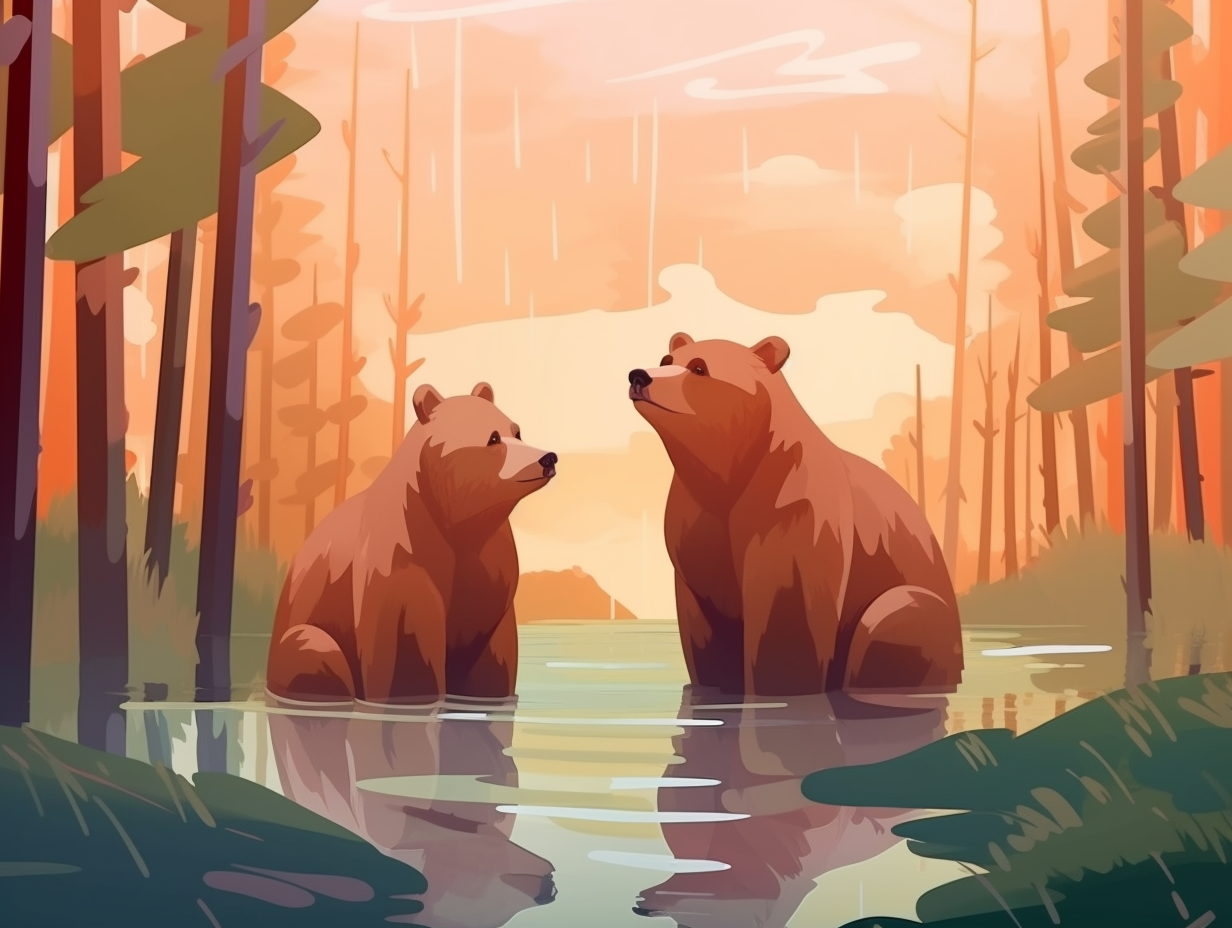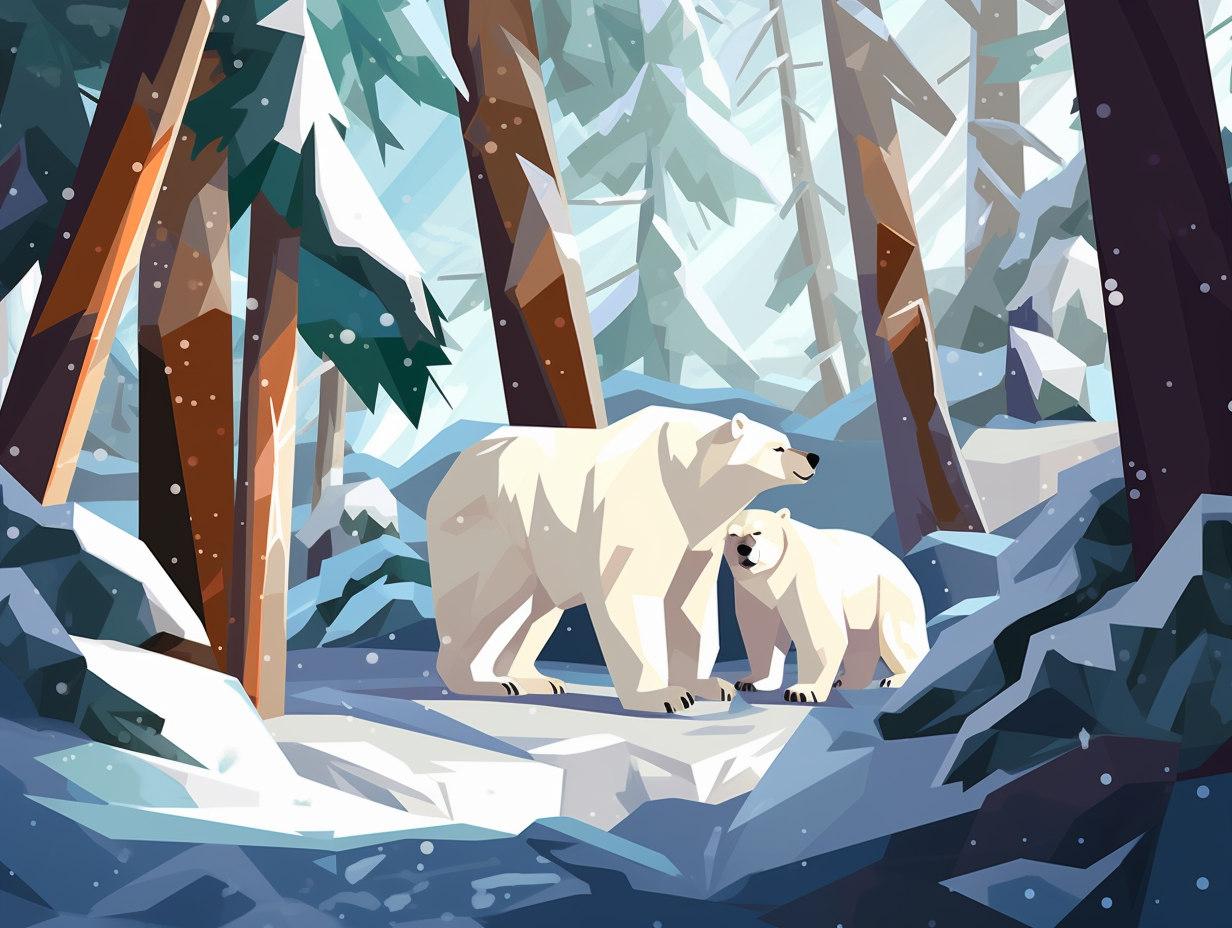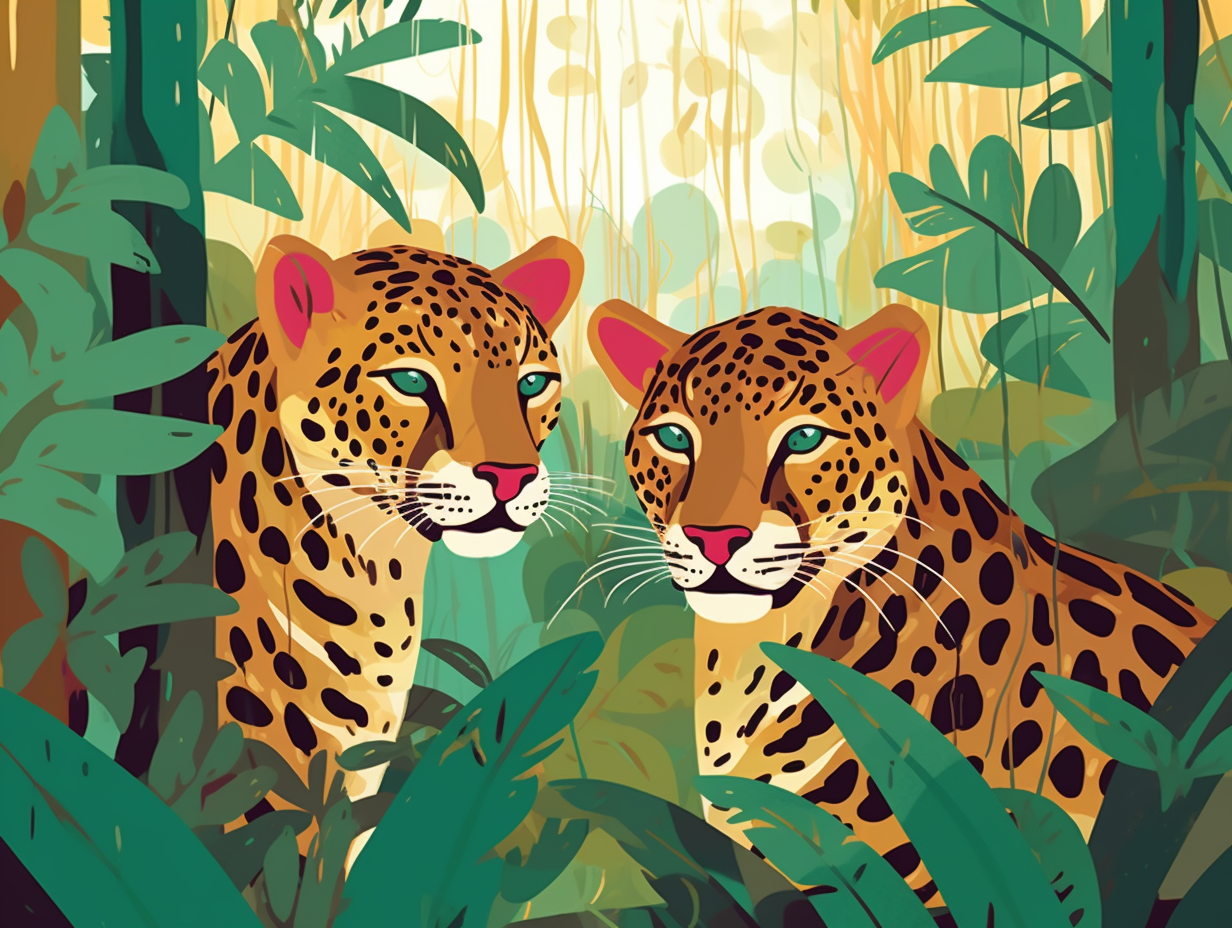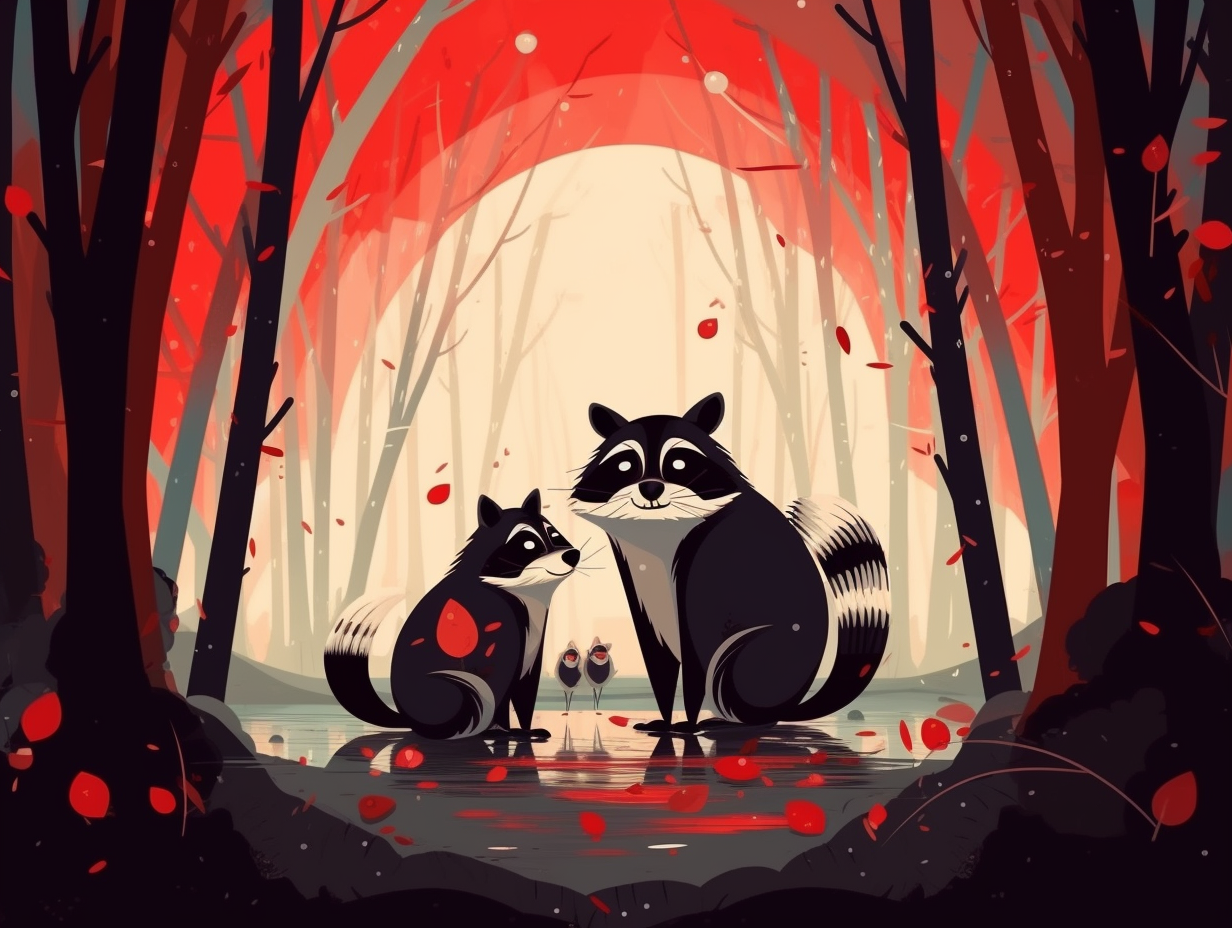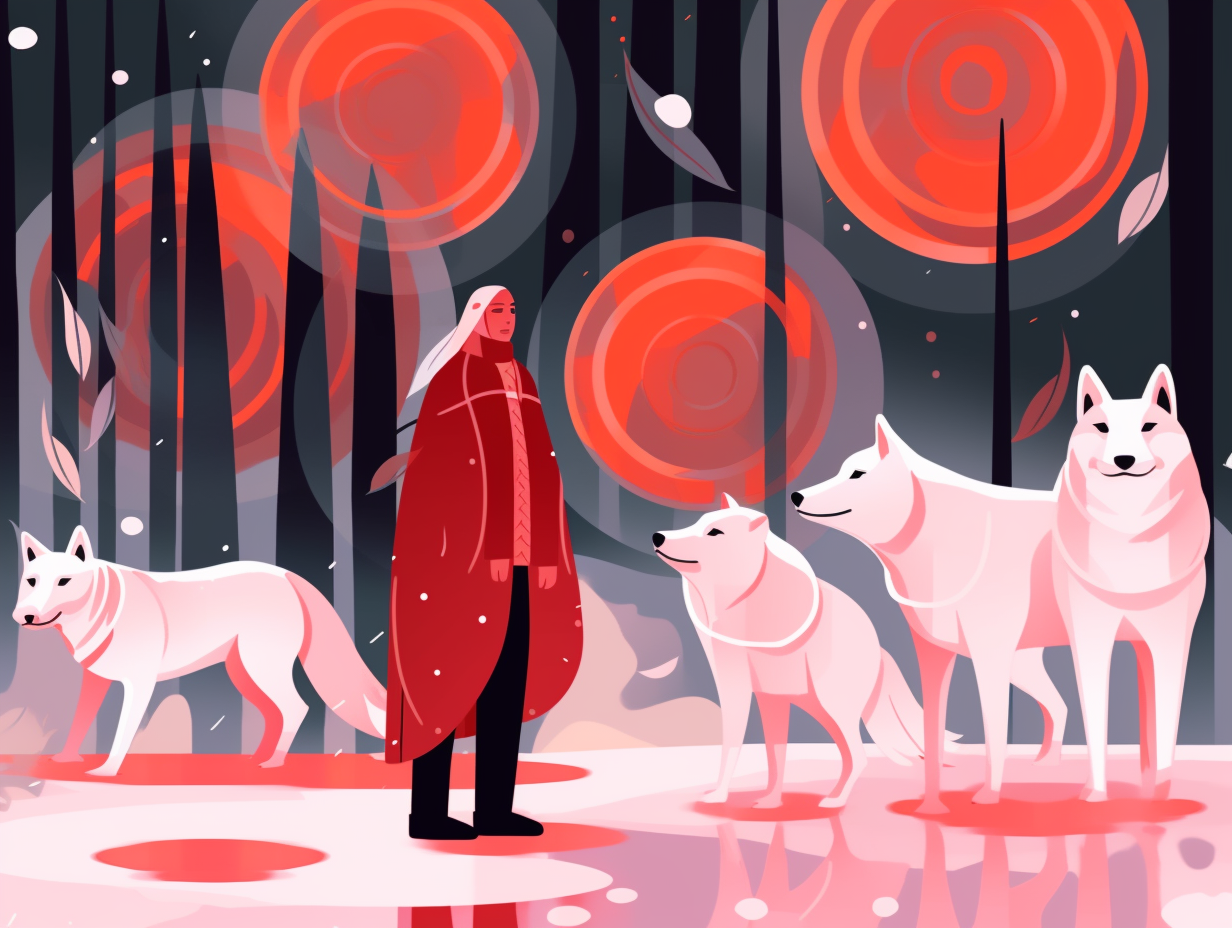Unearthing the Past: 14 Entertaining Woolly Mammoth Fun Facts You Never Knew

1. Pre-historic Pantry Humps
Ever wondered where woolly mammoths got their Lumps of Energy to tackle those icy Monday mornings and rough heart-halting hibernations? Here's the chilly scoop: These shaggy giants sported a magnificent hump on their back – a pre-historic pantry storing fat that served as an energy reserve, especially during those famished, frostbitten winters of the ice age.
Source => kids.nationalgeographic.com
2. Grassland Maintenance Crew
Step aside, ancient landscapers and prehistoric pooper-scoopers: Woolly mammoths were the true pioneers in keeping grasslands in check! These long-gone giants did more than just trim the greenery: They maintained vast expanses of grasslands by munching down pesky trees and gifted the ecosystem with premium grade, nutrient-packed dung for the benefit of other organisms.
Source => reviverestore.org

Did you know elephants are master trailblazers, creating pathways that benefit not only themselves but also smaller creatures and humans within their ecosystem? Discover how these gentle giants shape their surroundings.
=> Fun Facts about Elephants
3. Move Over, Camels
Move over, camels, there's a new hump in town: Woolly mammoths actually had their own version of a hump on their backs, believed to be fat stores for energy reserve during scarce food times, though less obvious, appearing as more of a subtle-bump-Broadway along their spines.
Source => kids.nationalgeographic.com
4. Snowplow Giants
If fighting with their enormous prehistoric cutlery wasn't enough, woolly mammoths also moonlighted as snowplows in ancient icicle kingdoms: These furry giants sported magnificent tusks reaching up to 16 feet in length, which they used for combat and adeptly foraging for food in the challenging Arctic conditions.
Source => livescience.com
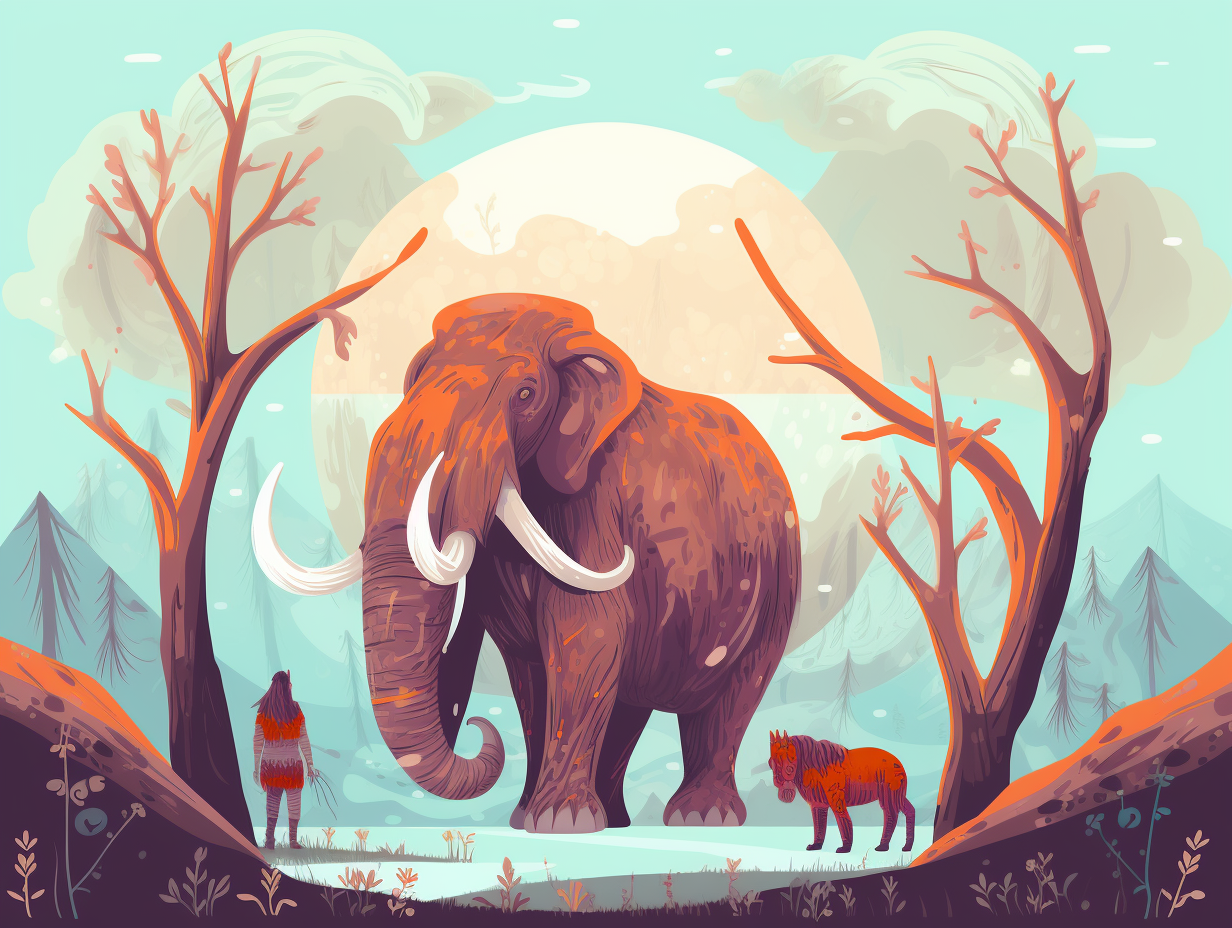
5. Swiss Army Ice Age Beasts
Did you know that woolly mammoths were basically the Swiss Army knives of the Ice Age, equipped with their very own 15-foot built-in snow shovels and multitools? Surprise, surprise: Their magnificent tusks served a variety of purposes like fending off predators, asserting their dominance within the herd, and uncovering food from beneath the snow. However, these macho mammoth males, eventually went solo after about a decade of herd life.
Source => kids.nationalgeographic.com
6. Dental Evolution Dilemma
Talk about a dental evolution nightmare: Woolly mammoths went through up to six sets of teeth in their lifetime, with each new tooth pushing out the old one from front to back; when the final tooth wore down, it basically signed their dietary death warrant as they could no longer eat.
Source => cdm.org
7. Frostbite-Fighting Woolly Wardrobe
If woolly mammoths were ever to form a rock band, they'd call it "Frostbite Fighters": These prehistoric beasts had thick fur coats with both long guard hairs and a shorter undercoat that kept them warm in freezing temperatures, while their compact ears and tails helped prevent frostbite and conserve heat.
Source => en.wikipedia.org
8. Hairy Icebreaker Beasts
Built like a hairy icebreaker on four legs: Woolly mammoths boasted a double-layered fur coat, stubby ears and tails to prevent frostbite, and a versatile pair of curved and straight tusks to tackle everything from food foraging to amateur mixed martial arts competitions during the last ice age.
Source => en.wikipedia.org
9. Mammoth Cave Art Gallery
If woolly mammoths had Pinterest, it'd be filled with ancient cave decor: In the Rouffignac Cave in France, over 250 engravings and cave paintings of woolly mammoths created by Paleolithic artists 13,000 years ago grace the walls, showcasing their inner art critic long before the age of social media.
Source => bradshawfoundation.com
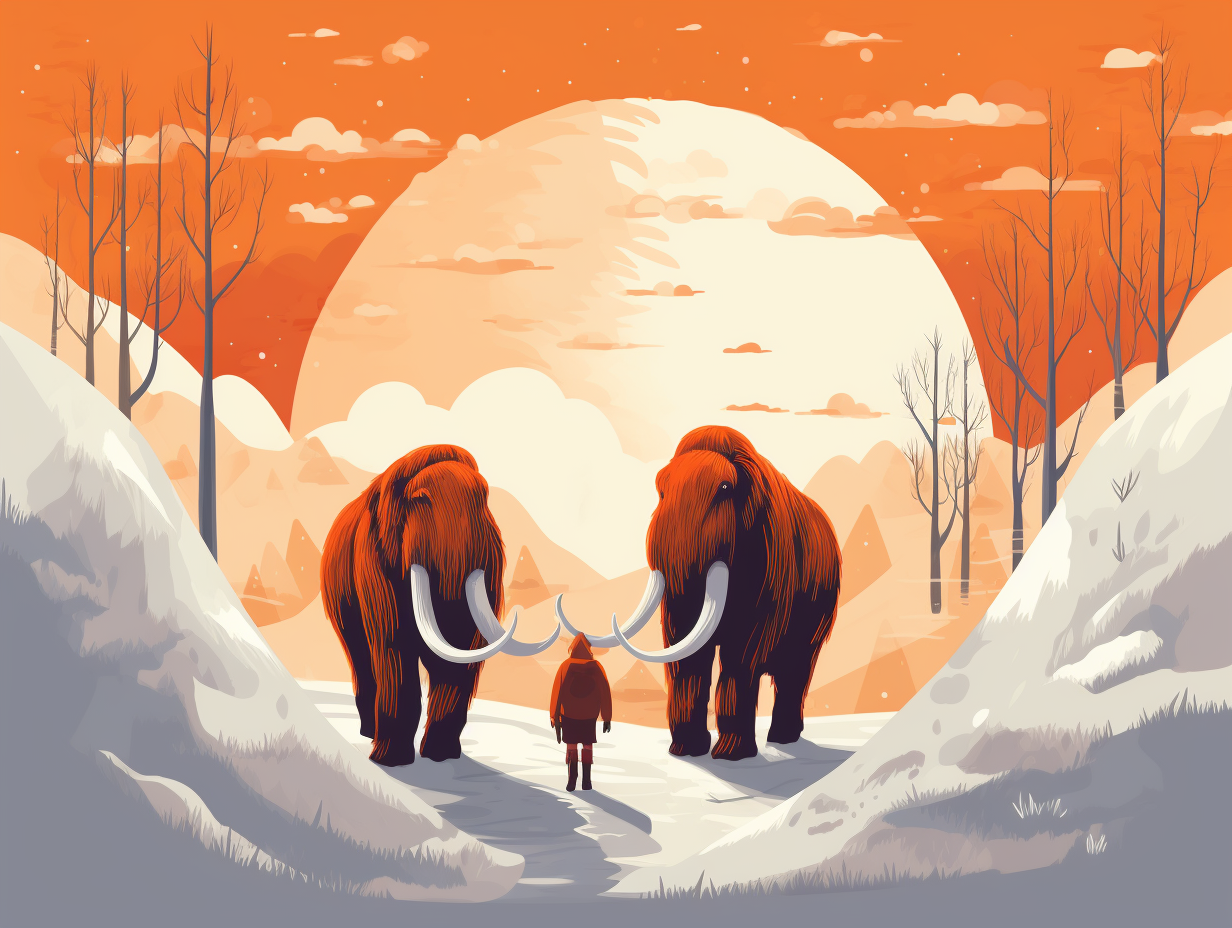
10. Males in Quagmire
In the battle of the sexes, woolly mammoths show us a skewed tale of ancient reality TV: a disproportionate number of male contestants trapped in a prehistoric quagmire. The hilarious truth: a recent study revealed that 69% of identified woolly mammoth remains were male, suggesting these hapless fellows were more likely to succumb to natural traps due to their inexperience in navigating the matriarchal hierarchy and sex segregation within the species.
Source => sciencedirect.com
11. Icy Molar Adaptations
Imagine if your dentist's worst nightmare came true: your teeth grew more and more ridges, thanks to your ancient ancestors' gnarly dental evolution! Don't worry, you're not morphing into a woolly mammoth, but they did go through just that: evolving from the steppe mammoth with 18-20 enamel ridges on their molars, these colossal creatures gained 26 ridges as they adapted to Siberia's frosty conditions during the last ice age, making their home in the mammoth steppe across northern Eurasia and North America.
Source => en.wikipedia.org
12. Cold-Fighting Superpowers
Feeling the cold and wishing you could be as warm as toast in freezing temperatures? You might want to take a leaf out of the woolly mammoth’s playbook, an ancient creature that knew a thing or two about staying toasty despite ice-cold conditions: These incredible prehistoric beasts not only sported a fabulous fur coat but also had genetic mutations that imbued them with specialized cold-adapted hemoglobin in their blood, allowing them to conserve energy and heat while navigating the Arctic's chilly playground. The mammoth’s itty-bitty ears were just the cherry on their frostbite-free sundae, further preserving warmth and proving that size really does matter when it comes to the battle against the cold!
Source => csmonitor.com
13. Staying Warm With Compact Features
Whoever said "size doesn't matter" clearly never met a woolly mammoth: With their compact bodies, short trunks, tiny ears and tails, and two luxurious fur coats perfect for a glacial runway, these furry giants were the inspiration behind your favorite winter sweaters and the ultimate masters of staying warm in the Ice Age. The secret to their well-preserved remains, though, lies not just in the frosty permafrost but in the mummification process where moisture crystallized within, like your week-old leftovers in the back of your freezer, proving that freezing alone wasn't enough to keep them looking fabulous for millennia.
Source => talkorigins.org
14. Frosty Chemist Mammoths
You've heard of Ice Age's Manny the mammoth, but did you know these woolly giants were actually part-time chemists? That's right – they were dabbling in hematological mixology: Woolly mammoths had hemoglobin substitutions that helped them adapt to cold temperatures, as discovered in a study published in Nature Genetics. These biochemical properties allowed them to endure the icy chill of the last Ice Age like it was just another swanky cocktail party.
Source => iceage.museum.state.il.us
Related Fun Facts


